Software contract is a legally binding agreement between two parties, typically the software vendor and the user or licensee. The purpose of the contract is to establish the terms and conditions under which the software is licensed and used.
Modern businesses handle a significant amount of software, which means they may grapple with numerous software contracts or licenses. They are legal agreements between the developers and the companies/users, protecting both parties in various situations. Once entered into the contract, businesses can use the software with certain conditions.
Table of Contents
Software Contract
Software contract typically includes information such as:
- License Grant: This section describes the rights granted to the user, such as the right to install and use the software.
- Restrictions on Use: This section outlines any restrictions on how the software can be used, such as the number of users or installations allowed, or limitations on how the software can be modified or distributed.
- Fees and Payment Terms: This section specifies the fees for the software license, as well as the payment terms, such as payment due date and any penalties for late payment.
- Maintenance and Support: This section outlines any maintenance and support services provided by the vendor during the contract period, including software updates and bug fixes.
- Warranty and Liability: This section outlines the warranty and liability terms, such as the vendor’s responsibility for defects in the software, and any limitations on liability for damages.
- Termination and Renewal: This section describes the circumstances under which the contract may be terminated, such as breach of contract by either party, and any provisions for renewing the contract.
The conditions dictate the type of software contract. The most popular software licenses revolve around how long the term is (how long users can use it before renewal) or how the user is billed for their usage. Businesses should be aware of all the software contracts and license types for their current IT Asset Management (ITAM) and future acquisitions.
Term
A term is a time-limited license. A business can use the software up until a specific date. On this date, it will renew its license or remove the software. The term may be monthly, quarterly, bi-annually, yearly, or every few years.
Subscription
A subscription is very similar to a term license. A business must pay for its software license on a specified date to use it monthly, quarterly, or annually. Apart from usage, they may also access customer support and maintenance. While many Software as a Service (SaaS) are subscription-based, it is essential to know that not all SaaS have these types of licenses.
Enterprise License Agreement (ELA)
An enterprise license agreement (ELA) allows for unlimited use for a specific time. Since this is the case, large companies (enterprises) find them advantageous. One of their main benefits is that they are typically offered at a discounted price.
Unlimited
An unlimited license allows businesses to use software or multiple software with “no imitations” for a single, upfront fee. Typically, ‘unlimited’ is used lightly as there are usually conditions or stipulations. For instance, a company may only be able to unlimitedly use certain products, functions, or features.
Freeware
Freeware does not have a paid license. Businesses may use freeware without purchasing it or paying for usage. However, there is typically a copyright restricting modification or distribution. Be careful with confusing freeware and free software; in most cases, freeware has limited rights, while free software does not.
Limited
A limited license is a copyright or other intellectual property right. The developer maintains certain rights without passing them along to the user. Common restrictions include modification, disruption, or multiple copies (of individual programs or on computers/devices/servers).
Site
A site license denotes that businesses can install the software in a particular site or facility. They can place it on multiple computers or servers and allow numerous users. It may be less expensive than software spanning various locations.
Volume
A volume license is one program or authorization that allows numerous users or devices to access software. Businesses, agencies, organizations, and institutions tend to purchase volume licensing. They can simply purchase one program and install multiple copies for their employees.
A shareware license provides free software usage for a limited amount of time or in a limited package. Users will need to purchase continued use or access to special functions and features (full access). For instance, trial packages or freemium software are examples of shareware. The developer may offset some costs with adware or donationware. Prompts may be given to click ads, upgrade packages, purchase the full software version, or share the limited versions with others.
Node-locked
A node-locked software license can run on one specific computer. The license is tied to that hard disc. Essentially, it only allows one person or one workstation to use the software.
Hard
A hard license is stored on a USB device. Users can access the software offline by plugging the key into their devices. Accordingly, it is truly only advantageous for a small number of users who can build on each other’s work. For instance, engineering teams frequently use hard licenses.
Concurrent/Floating/Network
Concurrent, floating, or network licensing is all the same software license type. It refers to a limited number of licenses being shared by a large number of users. Users will be able to access the software on a first-come-first-serve basis. If all licenses are full, users are denied access. Accordingly, businesses must be careful to select an appropriate amount of licenses for concurrent users.
Per Server
A per-server license means the software can only be installed on a single server. However, multiple devices can access that software as long as they are connected to the server. In many cases, a per-server license can be one of the most cost-effective options for small businesses or offices.
Reserved/Reserve
A reserve license is when businesses change a floating license to a node-locked license. Accordingly, the software can only be used by a single, specific person on a single, specific device at that time.
Single-Use
A single-use license is similar to a node-locked license, as it only permits one person on a specific device to use the software.
Per-Seat
A per-seat license refers to businesses that purchase usage for a specific amount of people. For instance, a business may purchase 50 seats for a particular software.
True-Up
When a business enters into a software contract with the developers or vendors, they often purchase a license for an intended amount of users or usage. True-up clauses indicate that if the business exceeds this number, it will need to pay fees to cover the additional licenses. These fees may be higher than the original license price.
Pay-Per-Use
A pay-per-use license is one of the most recent types of software contacts. It is also one of the most popular ways developers and vendors sell and distribute Software as a Service (SaaS). Pay-per-use license charges the business on its actual usage per month, quarter, or year. Also, it may charge an up-front, regular fee (for intended usage) and then charge fees on top for any excess usage.
This Ebook provides a comprehensive overview of IT Asset Management, its benefits, and common challenges faced by organizations. We will also explore how to implement IT Asset Management using Jira, a popular project management tool, and best practices for managing IT assets.


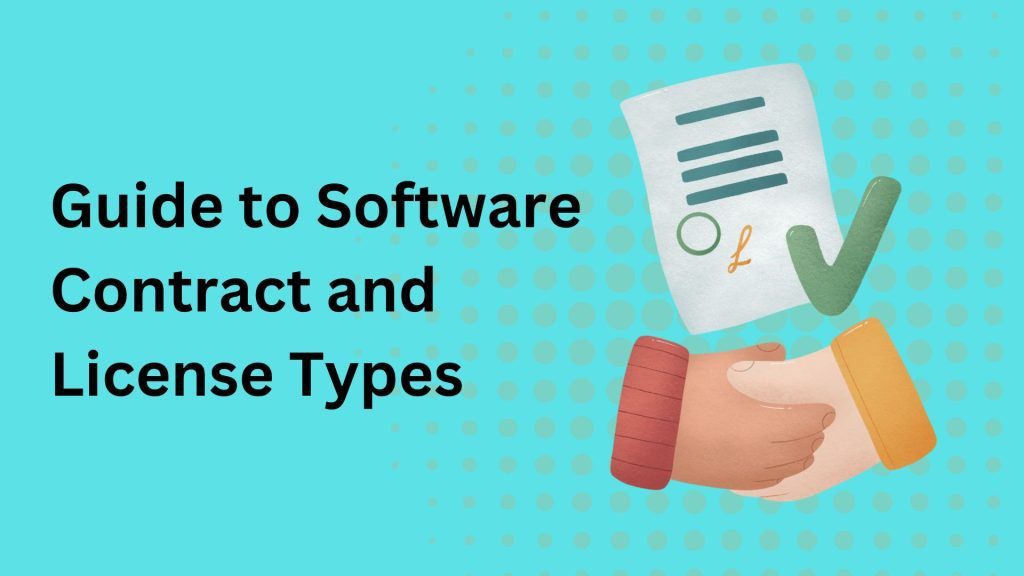

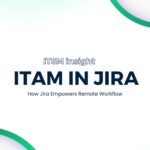
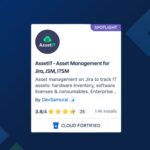
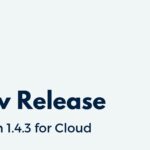
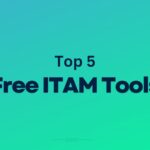



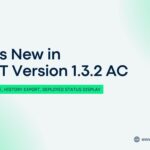

Recent Comments